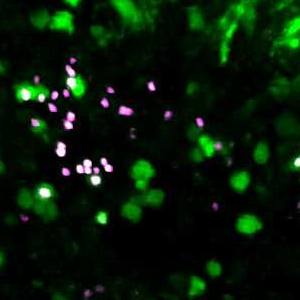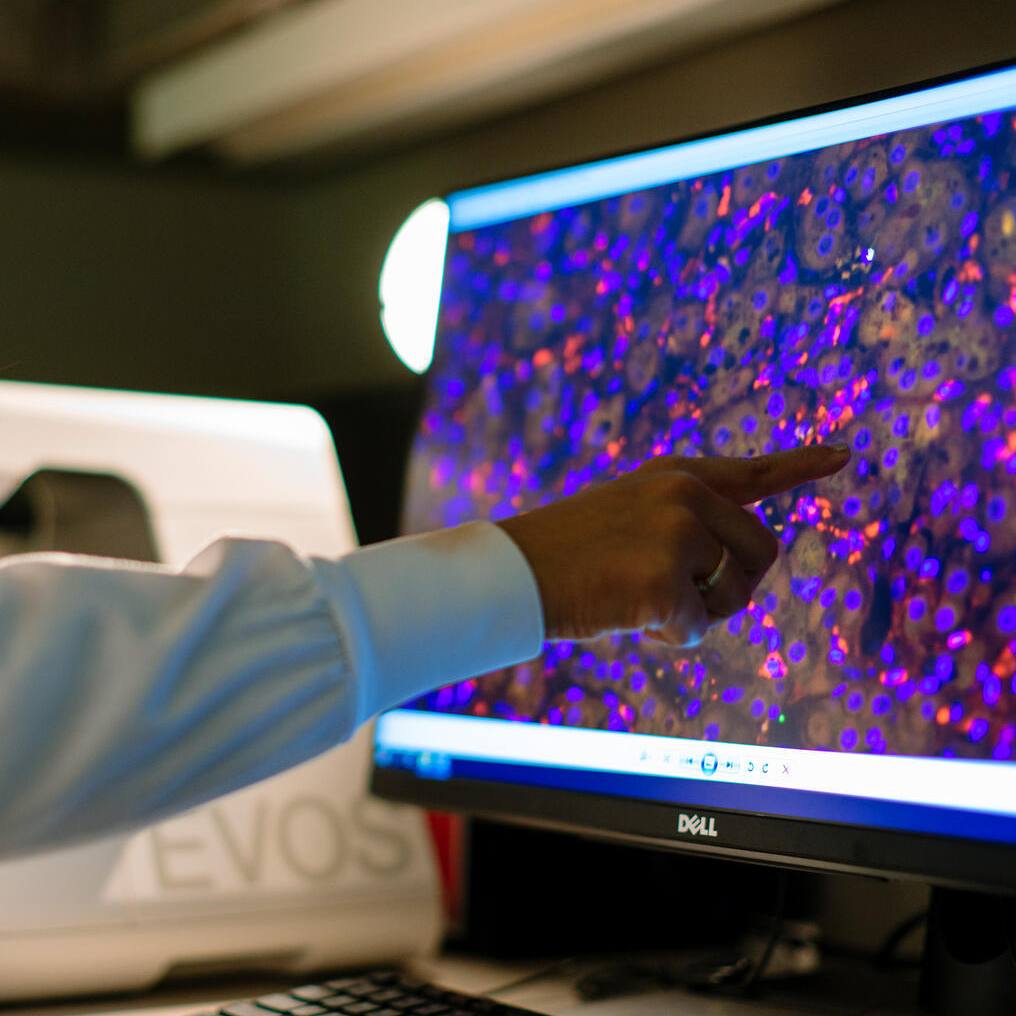-
Mayo Clinic Q&A podcast: Proton beam therapy offers benefits to patients with breast cancer

The type of breast cancer a person has and how far it has spread determine the appropriate treatment. Previously, a patient with breast cancer might have received five to six weeks of radiation therapy.
But the approach is changing.
"For many years, we had the understanding that giving a little bit of radiation each day and spreading that treatment out over multiple weeks was the gentlest on the normal tissues, and that would lead to the least side effects," says Dr. Robert Mutter, a Mayo Clinic radiation oncologist. "But over the last decade or two, there's been a lot of research. We found we might be better off giving bigger doses each day and finishing in a shorter period of time. And that might be better at destroying the cancer cells, while limiting side effects of the normal tissue."
The use of proton beam radiation therapy is one way the treatment of breast cancer is advancing. Unlike traditional X-ray radiation, proton beam therapy can more precisely target tumors, sparing more normal tissue.
The Mayo Clinic Proton Beam Therapy Program uses pencil beam scanning, which Mayo investigators have shown reduces radiation exposure to healthy tissue. This highly targeted therapy is ideal for people with tumors close to or in vital organs, and for young people, whose organs are still developing.
Mayo Clinic offers proton beam therapy in Arizona and Minnesota. Recently, Mayo Clinic announced a $100 million gift from the Fred C. and Katherine B. Andersen Foundation to expand Mayo Clinic’s proton beam therapy services in Minnesota. “Protons have this ability to stop on a dime. And that's because they're charged, and they have a mass,” explains Dr. Mutter. “And so we can actually give them just enough energy to travel to the tissue and have them stop. And so all that tissue behind the tumor or the target is spared of radiation exposure. But we're very excited to be able to study proton therapy and to be able to offer proton therapy for patients that we think may benefit, including breast cancer.”
In this Mayo Clinic Q&A podcast, Dr. Mutter expands on Mayo Clinic's research and the development of new therapies to minimize patient side effects from radiation, including the increased use of proton therapy. Dr. Mutter also talks about the patient concerns about relapses and how Mayo is using medicines in combination with radiation to reduce relapse risks.
Related stories:
- “Mayo Clinic Minute: Using targeted therapy to treat breast cancer.”
- “Expert Alert: Accelerated breast cancer treatments at Mayo Clinic provide more options for patients during pandemic.”
Watch: Dr. Robert Mutter discuss breast cancer radiotherapy and treatment innovations
_________________________________________
For the safety of its patients, staff and visitors, Mayo Clinic has strict masking policies in place. Anyone shown without a mask was either recorded prior to COVID-19 or recorded in a nonpatient care area where social distancing and other safety protocols were followed.







